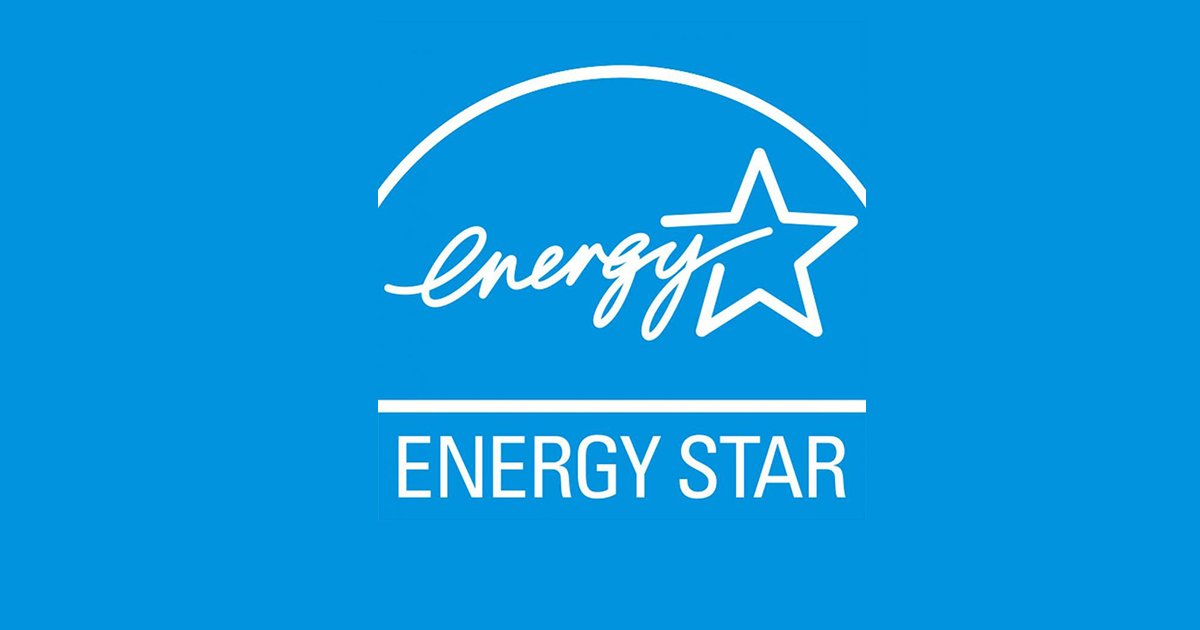
What Does ENERGY STAR® Qualified Mean On An LED Fixture?
ENERGY STAR® qualification of consumer products continues to grow.
The ENERGY STAR logo is one of the most recognizable symbols of quality and performance in modern American culture. Because ENERGY STAR qualification of Solid State lighting (LED) is relatively new, it is important to define what exactly qualifies a luminaire to carry the label.
Below are a few of the key features and measurements that are required for qualification.
General Requirements for ENERGY STAR Qualification
Correlated Color Temperature (CCT) –
- CCT must fall within 5 established color temperature quadrangles (Nominally 2,700K, 3,000K, 3,500K, 4,000/4100K or 5,000K, 5,700K.
- Color temperature shall fall within the corresponding 7-step
chromaticity quadrangle.
- (ANSI\NEMA\ANSLG C78.377-2008)
- In addition to the tolerance, maximum temperature variances over its lifespan and viewing angle are defined.
Color Rendering Index (CRI) – CRI shall be a minimum of 80.
Off-State Power – Lighting fixtures in the “off” state (not turned on) shall not draw power. Exceptions exist for luminaires with intergral motion sensors and power supplies connected to multiple luminaires.
Warranty – There is a minimum warranty of three years required for ENERGY STAR luminaires. 5 years for luminaires with non-replaceable drivers.
Life – LED must deliver at least 70% of initial lumen output after a minimum of 25,000 hours for residential indoor and 35,000 hours for residential outdoor and all commercial lighting. 50,000 hours for inseperable drivers.
Power Supply – Must have a Power Factor of ≥0.5 for luminaires with input power of 5 watts or less and ≥ 0.70 for luminaires with input power over 5 watts.Safety – Luminaires must be covered by a safety test such as UL or CSA.
ENERGY STAR Type-Specific Requirements
Beyond the general requirements, specific categories of luminaires types must also meet product-specific benchmarks, such as:
- Minimum Light Output
- Zonal Luminance Density (meaning that some specified percentage of the light output must be delivered in a specific direction or location)
- Minimum Luminaire Efficacy
- ENERGY STAR qualified products are becoming the standard on which a number of “green” standards are built.
ENERGY STAR qualified lighting is required for inclusion in:
- ENERGY STAR Home
- LEED for Home
- National Green Building Standards
These standards continue to mature and have (or will) increase the demand for ENERGY STAR qualified lighting, well into the future.
For more information about ENERGY STAR® Qualified LED Fixtures, contact Pacific Lamp.
